Search Images
Browse Content (p. 1659)
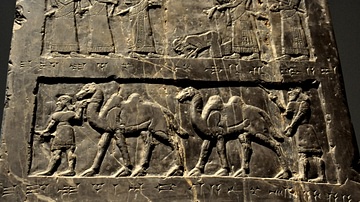
Image
The Black Obelisk of Shalmaneser III, side A, 3rd register
Attendants bring tribute from Musri with two-humped camels. Musri, meaning a borderland, probably refers to a country in eastern Iran or in Egypt. From Nimrud, (ancient Kalhu), near the building of Shalmaneser, neo-Assyrian era, 827 BCE...
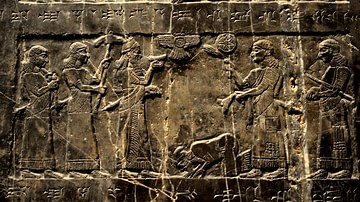
Image
The Black Obelisk of Shalmaneser III, side A, 2nd register
The Assyrian king Shalmaneser III beneath a parasol, accepts the tribute from Iaua from the house of Humri in 841 BCE. This is king Jehu of Israel, who appears in the Bible (2 Kings 9-10). From Nimrud, (ancient Kalhu), near the building of...
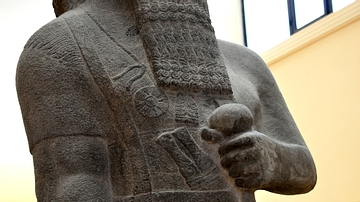
Image
A detail of Statue of Shalmaneser III
Statue of the Assyrian king Shalmaneser III, son of Ashurnasirpal II, grandson of Tikulti-Ninurta. The inscriptions on the statue give a brief account of the king's genealogical titles and characteristics. Basalt, from Assur, neo-Assyrian...
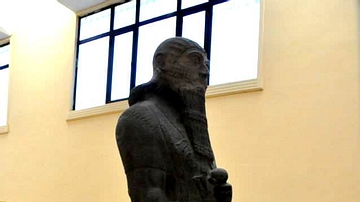
Image
Statue of Shalmaneser III
Statue of the Assyrian king Shalmaneser III, son of Ashurnasirpal II, grandson of Tikulti-Ninurta. The inscriptions on the statue give a brief account of the king's genealogical titles and characteristics. Basalt, from Assur, neo-Assyrian...

Image
Muisca Tunjo
A Muisca tunjo or votive offering, 1200-1600 CE. This 20 cm long gold alloy raft has figures standing on it wearing jewellery and recalls the coronation ceremony of the Muisca culture which gave rise to the legend of El Dorado. (Museo de...

Image
Stele of King Nabonidus
It narrates the various religious activities of king Nabonidus and contains the harassment of enemies to the city of Babylon and nearby cities and the renovation of these cities by him as well as homage paid to Gods welling in them. The stele...
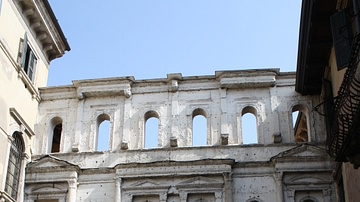
Image
Borsari Gate, Verona
The Borsari Gate, Verona, 1st century CE. The gate is built from white Valpolicella stone and was the city's main gate in Roman times.
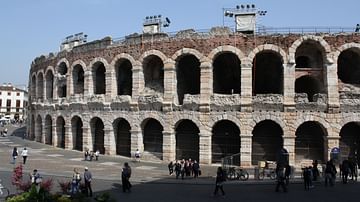
Image
Amphitheatre Exterior, Verona
The Roman amphitheatre of Verona, Italy, 1st century CE. The arena was the third largest in the Roman world and used to host gladiator, circus and equestrian events.
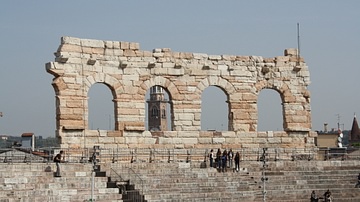
Image
Arches, Amphitheatre of Verona
The remaining top tier of arches of the Roman amphitheatre of Verona, Italy, 1st century CE. The arena was the third largest in the Roman world and used to host gladiator, circus and equestrian events.

Image
Roman Amphitheatre, Verona
The Roman amphitheatre of Verona, Italy, 1st century CE. The arena was the third largest in the Roman world and used to host gladiator, circus and equestrian events.